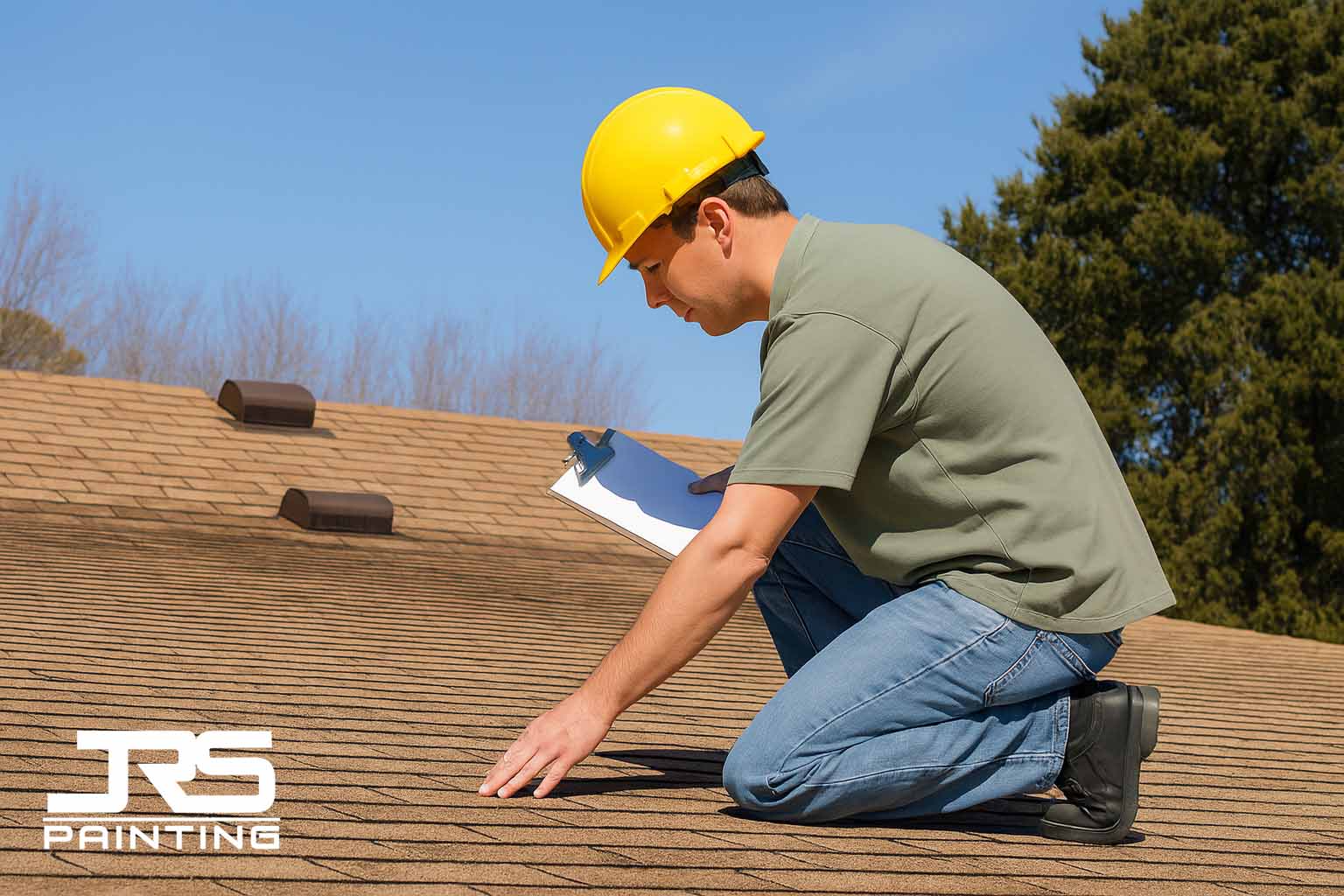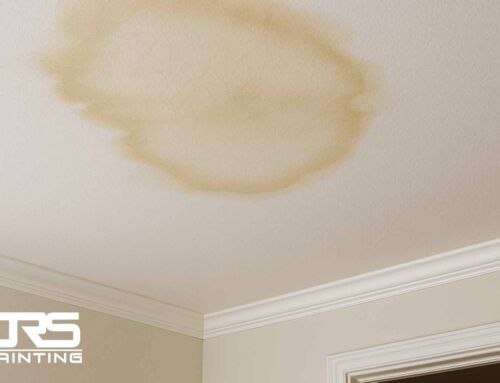Planning for a new roof is one of the most significant home improvement investments you’ll make. Understanding residential roof replacement cost can help you budget appropriately and make informed decisions about materials, contractors, and timing. In 2025, roof replacement pricing has been influenced by material costs, labor shortages, and evolving building standards, making it more important than ever to understand what drives these expenses.
Average Residential Roof Replacement Cost in 2025
The typical new roof cost for an average-sized home (1,500-2,000 square feet) ranges from $8,000 to $25,000, with most homeowners paying between $12,000 and $18,000. However, residential roof replacement cost varies significantly based on several key factors that we’ll explore in detail.
National Average Costs by Home Size:
- Small homes (1,000-1,500 sq ft): $7,000-$15,000
- Medium homes (1,500-2,000 sq ft): $12,000-$20,000
- Large homes (2,000-3,000 sq ft): $18,000-$30,000
- Very large homes (3,000+ sq ft): $25,000-$50,000+
These ranges represent complete tear-off and replacement projects using mid-grade materials with professional installation.
Factors That Affect Roof Replacement Pricing
Roof Size and Complexity
The most significant factor in determining your new roof cost is the total square footage. Roofing contractors typically price projects per “square,” with one square equaling 100 square feet. However, complexity matters as much as size. Roofs with multiple levels, dormers, skylights, or unusual angles require more labor and materials, increasing the overall residential roof replacement cost.
Roofing Material Selection
Your choice of roofing material dramatically impacts roof replacement pricing. Each material offers different benefits, lifespans, and costs:
Asphalt Shingles remain the most popular choice due to their balance of cost and performance. Three-tab shingles cost $3-$5 per square foot installed, while architectural shingles range from $4-$8 per square foot. Premium designer shingles can reach $8-$12 per square foot.
Metal Roofing has gained popularity for its longevity and energy efficiency. Standing seam metal roofing costs $8-$16 per square foot installed, while metal shingles or tiles range from $7-$14 per square foot. The higher upfront cost is often offset by the 40-70 year lifespan.
Slate and Tile represent premium options with costs ranging from $12-$25 per square foot for concrete tiles and $15-$30+ per square foot for natural slate or clay tiles. These materials offer exceptional durability but require specialized installation expertise.
Geographic Location
Regional differences significantly impact residential roof replacement cost. Urban areas typically have higher labor costs, while rural areas may face higher material transportation costs. Coastal regions often require specialized materials and installation techniques to meet building codes, increasing overall expenses.
Permit and Inspection Fees
Most municipalities require permits for roof replacement, with fees ranging from $100-$500 depending on your location and project scope. Factor these costs into your total budget, as some contractors include permits in their quotes while others charge separately.
Labor Costs and Installation Factors
Professional installation typically accounts for 40-60% of your total new roof cost. In 2025, skilled roofing labor commands premium pricing due to industry-wide shortages and increased demand. Expect to pay $2-$5 per square foot for labor, with complex installations commanding higher rates.
Tear-Off and Disposal
Removing your existing roof adds $1-$3 per square foot to your residential roof replacement cost. This includes labor for removal and disposal fees for old materials. While some contractors offer overlay installations (installing new shingles over old ones), most building codes limit this practice, and it’s generally not recommended for optimal performance.
Structural Repairs
During tear-off, contractors often discover underlying issues like damaged decking, compromised structural elements, or inadequate ventilation. Budget an additional 10-20% of your total project cost for potential repairs. Common structural work includes replacing plywood decking ($2-$4 per square foot) or adding ventilation systems ($300-$800).
Additional Costs to Consider
Underlayment and Materials
Quality underlayment is crucial for long-term roof performance. Synthetic underlayment costs more than traditional felt but offers superior protection and typically adds $0.50-$1.50 per square foot to your project. Ice and water barriers in vulnerable areas add another $1-$2 per linear foot.
Gutters and Accessories
If your gutters need replacement or your roof requires new flashing, vents, or other accessories, factor these into your budget. New gutters cost $4-$12 per linear foot installed, while roof accessories like ridge vents, pipe boots, and flashing typically add $500-$1,500 to your total project cost.
Seasonal Pricing Variations
Roof replacement pricing fluctuates seasonally, with peak demand in late summer and fall often driving up costs. Spring installations may offer better pricing but can be delayed by weather. Winter installations, while less common, sometimes offer cost savings but may extend project timelines.
Cost-Saving Strategies
Multiple Quotes
Always obtain at least three detailed quotes from licensed contractors. This helps ensure competitive roof replacement pricing and allows you to compare materials, warranties, and installation approaches. Be wary of estimates that are significantly higher or lower than others, as this may indicate quality or reliability issues.
Timing Your Project
Scheduling your roof replacement during off-peak seasons (late fall through early spring) can sometimes result in lower prices and better contractor availability. However, balance potential savings against weather-related delays and the urgency of your roofing needs.
Material Selection
While premium materials offer longer lifespans and better performance, mid-grade options often provide excellent value for most homeowners. Discuss the cost-benefit analysis of different materials with your contractor to find the best fit for your budget and needs.
Insurance Claims
If storm damage prompted your roof replacement, work with your insurance company to maximize coverage. Proper documentation and working with contractors experienced in insurance claims can significantly reduce your out-of-pocket costs.
Financing Options for Roof Replacement
Given the substantial residential roof replacement cost, many homeowners explore financing options:
Home Equity Loans and Lines of Credit typically offer the lowest interest rates for home improvements. These secured loans use your home’s equity as collateral and may provide tax advantages.
Personal Loans offer quick approval and funding but typically carry higher interest rates than secured options. Many lenders offer specific home improvement loan products with competitive terms.
Contractor Financing is increasingly common, with many roofing companies partnering with lenders to offer on-the-spot financing. Compare these options carefully with traditional lending sources to ensure competitive rates and terms.
Credit Cards may work for smaller projects or as short-term financing, but high interest rates make them expensive for large residential roof replacement projects unless you can pay off the balance quickly.
Return on Investment
While roof replacement requires significant upfront investment, it typically provides excellent return on investment. A new roof can recoup 60-70% of its cost in increased home value, while also providing improved energy efficiency, reduced maintenance costs, and peace of mind.
Modern roofing materials and installation techniques also offer better energy performance, potentially reducing heating and cooling costs by 10-15%. Over the life of your roof, these savings can offset a significant portion of the initial investment.
Red Flags in Roof Replacement Pricing
Be cautious of contractors who:
- Quote significantly below market rates
- Demand full payment upfront
- Pressure you to sign immediately
- Lack proper licensing and insurance
- Cannot provide local references
- Offer door-to-door services after storms
Quality roofing work requires skilled labor and premium materials. Extremely low bids often indicate shortcuts that will cost more in the long run.
Getting Accurate Estimates
When requesting quotes, provide contractors with:
- Accurate measurements of your roof
- Photos of current conditions
- Preferred materials and features
- Timeline requirements
- Budget parameters
Detailed information helps contractors provide more accurate estimates and reduces the likelihood of change orders during construction.
Planning Your Investment
Understanding residential roof replacement cost helps you make informed decisions about one of your home’s most critical systems. While the initial investment is substantial, a quality roof replacement provides decades of protection and can significantly enhance your home’s value and curb appeal.
Start by researching local contractors, obtaining multiple quotes, and exploring financing options well before your roof replacement becomes urgent. This proactive approach ensures you can make the best decisions for your home and budget while avoiding the premium costs associated with emergency roof replacement.
Frequently Asked Questions
Ready to Get Accurate Roof Replacement Pricing?
Understanding residential roof replacement cost is the first step toward protecting your home with a quality new roof. At Guardian Home, we provide transparent, detailed estimates for roof replacement services projects, helping you understand exactly what your investment includes.
Our experienced team will assess your specific needs, explain material options, and provide competitive pricing with no hidden fees. Contact Guardian Home today for a comprehensive roof evaluation and personalized cost estimate for your residential roof replacement project.






